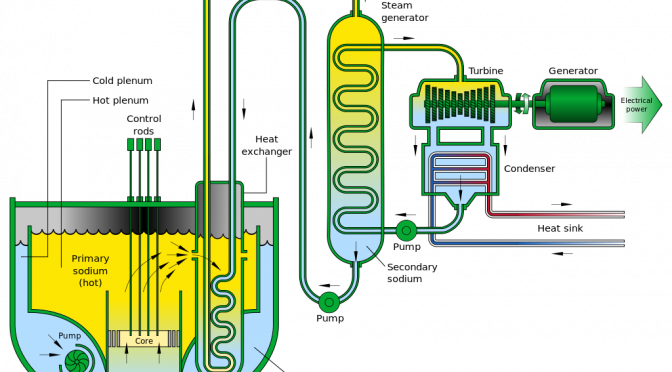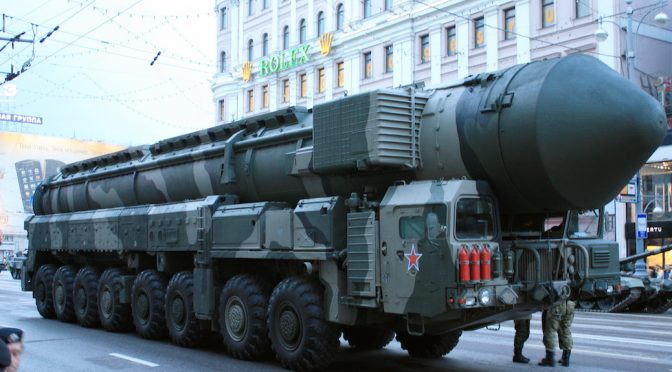While nuclear energy today provides about 10% of global electricity generation in reliable, carbon-free form, the immense destruction tied to its origins casts a long shadow. This tension between terrible and peaceful power underlies the expansive non-proliferation regime of international law, a framework meant to keep nuclear technology from being diverted from this peaceful use… Continue reading Advanced Reactors and Nuclear Terrorism: Rethinking the International Framework
Category: Nuclear Weapons
Nuclear Command and Statutory Control
Almost 50 years after Congress voted on limiting the President’s power to initiate nuclear war, a half century after an intoxicated Commander in Chief reportedly called for nuclear strikes, and 30 years after the Cold War and its conversation about nuclear command and control ended, today the nation is again discussing nuclear launch authority. In… Continue reading Nuclear Command and Statutory Control
Nuclear Arms Control: Coming Back from Oblivion, Again
Tensions between the United States and Russian Federation have spiraled in recent years and the outlook for the bilateral nuclear arms control regime has become ever more grim. Comparisons to the early 1980s Cold War are common. Now, as then, Washington and Moscow are geopolitical adversaries. A key arms control agreement has been abandoned. Nuclear… Continue reading Nuclear Arms Control: Coming Back from Oblivion, Again



